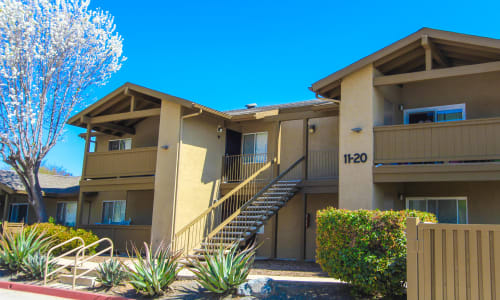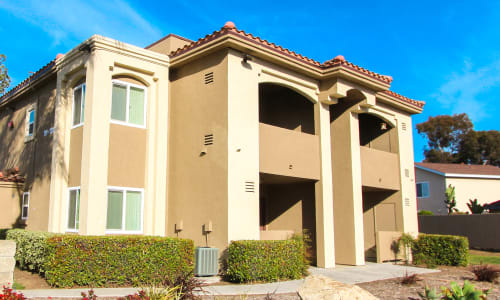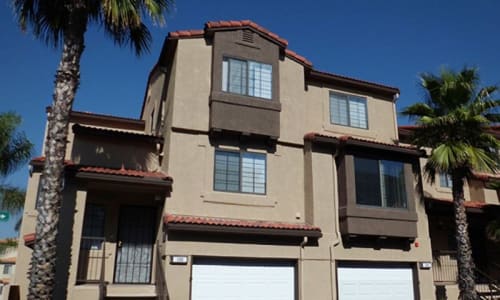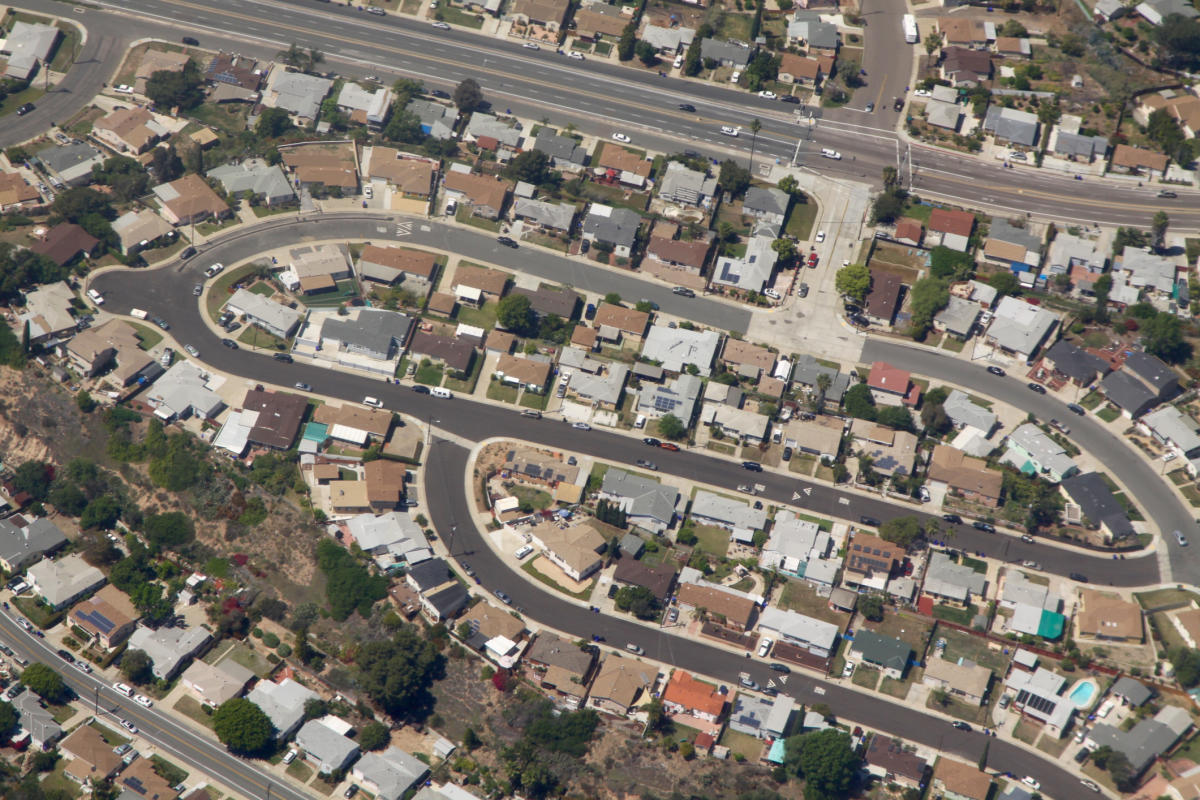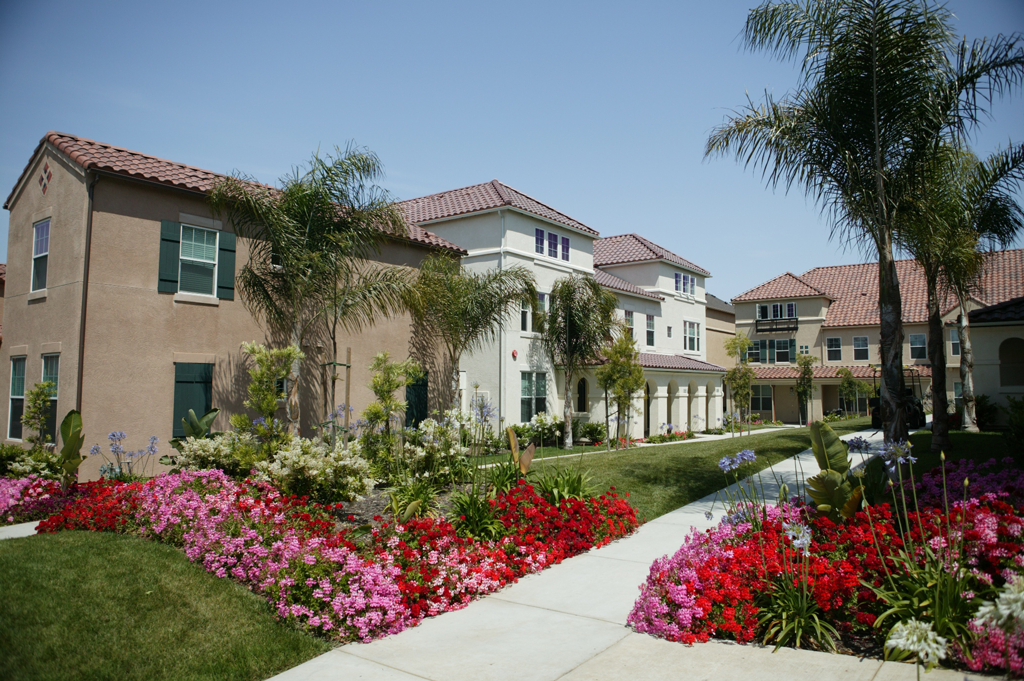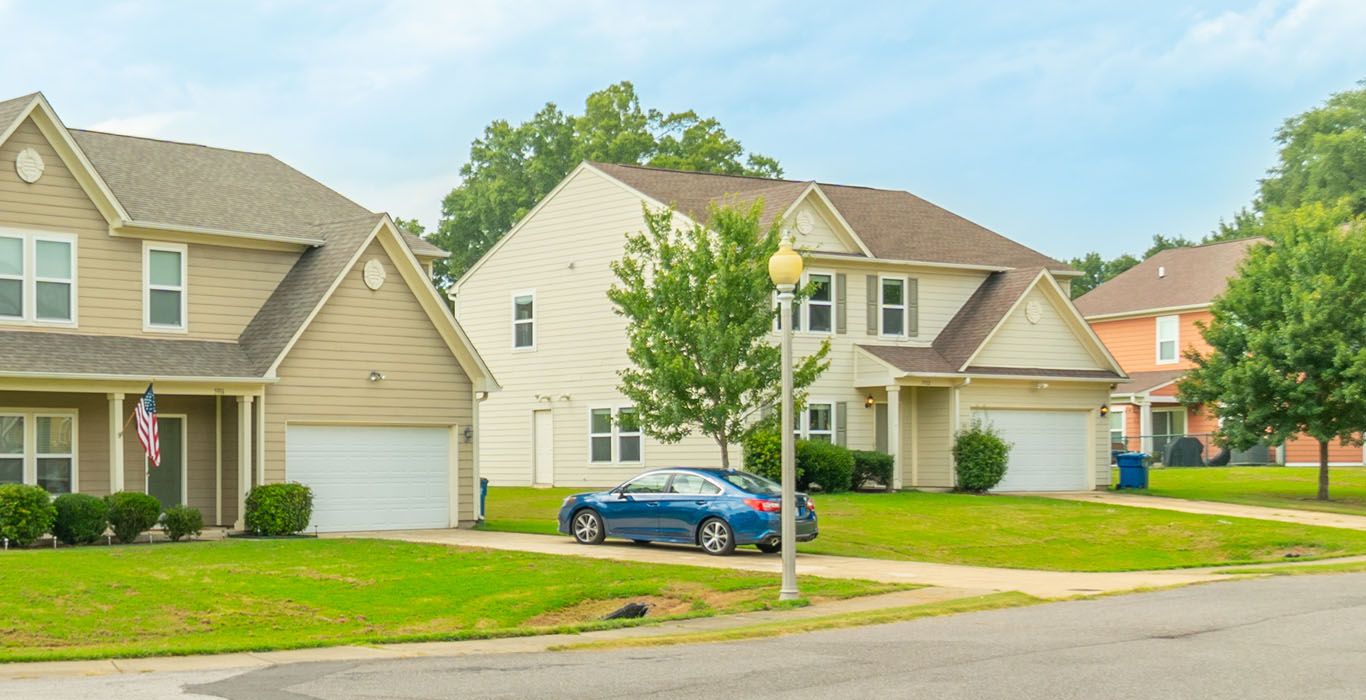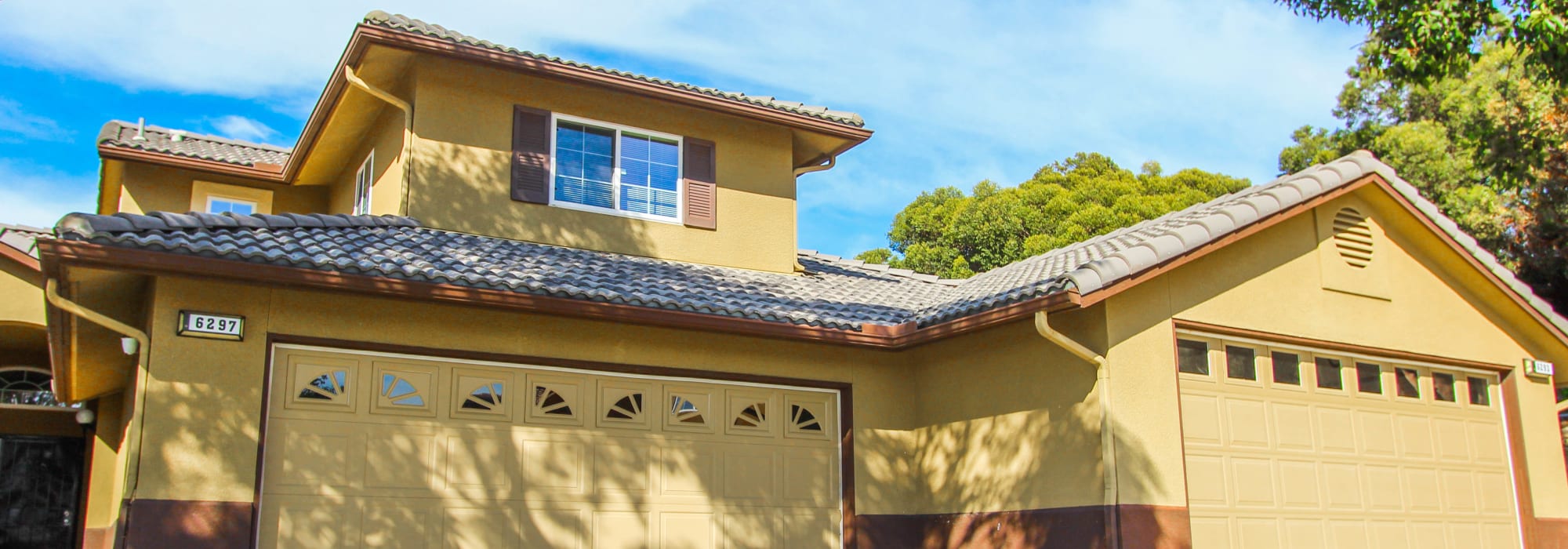Capeharts West San Diego Military Housing

SAN DIEGO, CA – For decades, Capehart housing in West San Diego has served as a vital resource for military families stationed in the region. These communities, built primarily in the 1950s under the Capehart Act, are now facing a complex set of challenges, including aging infrastructure, evolving needs of service members, and ongoing debates about privatization and funding.
At the heart of the matter is the future of these housing areas, which represent a significant portion of military family residences in the San Diego area. Understanding the complexities surrounding Capehart housing is crucial, considering the large number of military personnel and their families who rely on these communities for affordable and accessible housing.
The Legacy of Capehart Housing
The Capehart Act, enacted in 1955, aimed to address a severe housing shortage for military families during the Cold War. These homes, constructed on government land but financed and managed by private entities, offered a quick solution to the burgeoning demand. This model was a precursor to the later full-scale privatization efforts seen in military housing across the nation.
West San Diego's Capehart communities, found near major naval bases and military installations, became hubs for military families. These neighborhoods offered not only housing but also a sense of community, with shared amenities and a network of support for service members and their loved ones.
Challenges and Concerns
Over the years, the Capehart housing in West San Diego has begun to show its age. The original infrastructure, including plumbing, electrical systems, and roofing, is in need of significant upgrades. This has led to concerns about safety, energy efficiency, and overall quality of life for residents.
Furthermore, the needs of military families have evolved. Smaller floor plans, outdated appliances, and limited accessibility features are no longer aligned with modern standards. Many families also desire more community resources, such as updated playgrounds, fitness centers, and accessible green spaces.
The privatization of military housing has also added layers of complexity. While some privatized projects have resulted in significant improvements, others have been plagued by issues of poor management, delayed maintenance, and inadequate responsiveness to residents' concerns.
"The experience of our military families should be a priority, and we need to ensure they have access to safe, quality, and affordable housing,"stated a representative from a local military support organization.
Ongoing Efforts and Future Outlook
Recognizing the challenges, the Department of Defense (DoD) and private housing partners are actively working to address the issues facing Capehart housing in West San Diego. This includes a range of initiatives, such as renovation projects, new construction, and enhanced property management practices.
Public-private partnerships remain a critical component of these efforts. By leveraging the expertise and resources of private companies, the DoD aims to accelerate improvements and modernize housing options for military families.
However, funding constraints and bureaucratic hurdles continue to pose significant challenges. Securing adequate funding for large-scale renovation projects is an ongoing struggle, and navigating the complex regulations governing military housing can be time-consuming and frustrating.
Resident Perspectives
The experiences of residents provide invaluable insights into the successes and shortcomings of the current housing system. Many families appreciate the affordability and proximity to military bases that Capehart housing offers. However, they also express concerns about the quality of maintenance, the responsiveness of property managers, and the overall condition of their homes.
Open communication and collaboration between residents, property managers, and military officials are crucial for addressing these concerns. Regular town hall meetings, surveys, and feedback mechanisms can help ensure that the needs of military families are being heard and addressed.
Advocacy groups also play a vital role in amplifying the voices of residents and advocating for improved housing conditions. These groups work to raise awareness of the challenges facing military families and to push for policy changes that will benefit service members and their loved ones.
Impact and Significance
The state of Capehart housing in West San Diego has far-reaching implications. Access to safe, quality, and affordable housing is essential for the well-being and readiness of military personnel. Poor housing conditions can lead to stress, financial strain, and decreased morale, which can negatively impact mission readiness.
Moreover, the success of military housing initiatives can have a ripple effect on the broader community. Investments in housing can create jobs, stimulate economic growth, and improve the overall quality of life in surrounding neighborhoods.
The ongoing efforts to address the challenges facing Capehart housing in West San Diego represent a significant test of the nation's commitment to supporting its military families. By working together, the DoD, private housing partners, and local communities can ensure that service members and their loved ones have access to the safe, quality, and affordable housing they deserve.






